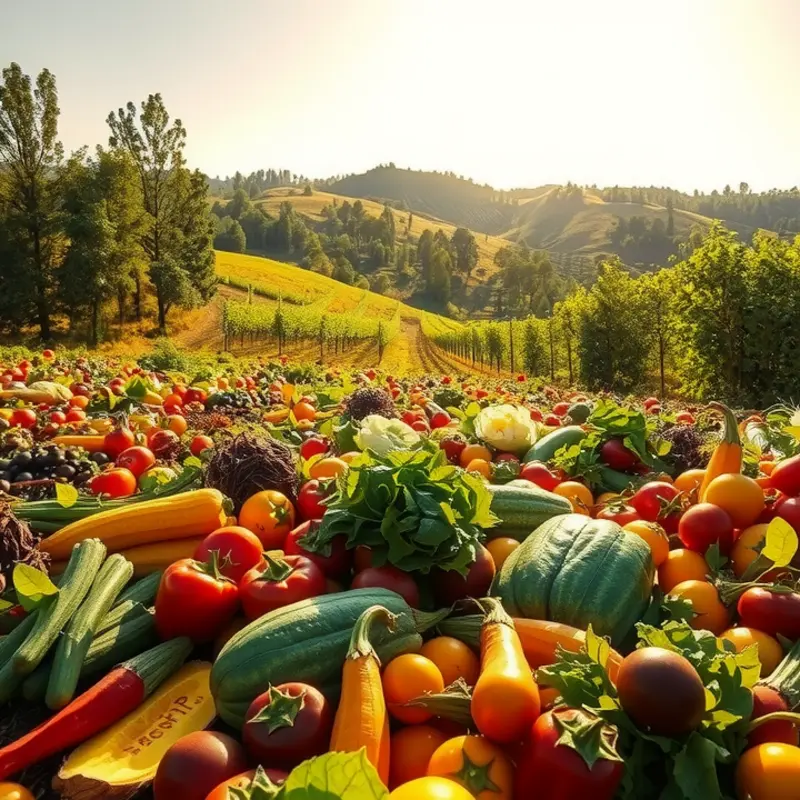Desserts offer a sweet culmination to meals, weaving together the threads of culture, tradition, and flavor. Each region boasts its own distinctive dessert-making techniques, often rooted in history and local ingredients. This exploration into global dessert traditions reveals the artistry behind beloved sweets, inviting food enthusiasts to savor not just the flavors, but also the stories embedded in every bite.
The Craft of Confection: European Techniques

European desserts are celebrated not only for their flavors but also for their intricate techniques and rich histories. Let’s begin with the iconic French macaron. These delicate almond meringue cookies, sandwiched with a creamy filling, require meticulous technique. The meringue must be perfectly whipped, achieving that elusive ‘pied’ or foot at the base. Seasonal flavors, such as lavender in spring or chestnut in winter, showcase regional ingredients and speak to the heritage of French pastry-making.
Moving to Italy, we encounter the beloved tiramisu. Its origins may be contested, but its popularity is not. This coffee-flavored dessert layers mascarpone cream with coffee-soaked ladyfingers, dusted with cocoa. Key to its luscious texture is the quality of the mascarpone, a staple of Italian cuisine. The history of tiramisu is tied to the Veneto region, reflecting Italian passion for melding simple ingredients into something extraordinary. Each bite offers a taste of Italy itself.
In Germany, the Black Forest cake or Schwarzwälder Kirschtorte holds a special place. Named after the Black Forest region, this cake layers chocolate sponge, whipped cream, and cherries, often enhanced with a splash of kirsch, a cherry brandy. The tradition of using local cherries and cream makes this a true celebration of German countryside flavors. Achieving the perfect balance of moisture in the cake and the robust flavor of cherries is a testament to German baking precision.
These European desserts not only satisfy the sweet tooth but embody the regions from which they hail. Regional ingredients play a pivotal role in defining the uniqueness of these confections. For a deeper dive into how trade influences such culinary traditions, you might explore culinary influences on trade.
European pastry-making is about more than recipes; it’s an art passed through generations. The use of local, seasonal ingredients combined with time-tested techniques enhances not just flavor, but an understanding of regional cultures. Each dessert tells a story, creating a tapestry of European culinary history that continues to evolve and inspire.
The Sweet Journey: Asian Dessert Ceremonies

The tapestry of Asian desserts is as varied as the cultures that craft them. Each country has developed its own unique style and ceremonial customs around their sweet creations. These desserts are not just about taste; they symbolize community, tradition, and the passage of time.
Japan offers a perfect example of how delicacy and ceremony intertwine in dessert-making. Mochi, a soft and chewy rice cake, is made from glutinous rice pounded into a paste and molded into shape. The traditional process, known as mochitsuki, involves a significant amount of teamwork and coordination. It typically takes place at the end of the year or during the New Year celebrations, marking a fresh beginning. The rhythmic pounding of the rice symbolizes harmony and cooperation, emphasizing the community’s collective spirit.
Moving to India, the richness of gulab jamun captures both the opulence and simplicity inherent in Indian ceremonies. Made from khoya, the solid part of milk, these balls are fried and then soaked in a fragrant syrup of rose water, saffron, and cardamom. Traditionally served during festivals and weddings, gulab jamun represents prosperity and joy. The technique of deep-frying until a perfect golden brown is achieved, followed by the absorption of syrup, reflects the celebration of life’s sweetness and warmth.
The intricate crafting of mooncakes in China is another testament to how desserts can embody cultural values. Mooncakes are central to the Mid-Autumn Festival, symbolizing reunion and unity. These pastries, often filled with lotus seed paste or red bean paste, are stamped with intricate designs and baked to a golden hue. Sharing mooncakes among family and friends is a ritualistic gesture, conveying completeness and harmony. The technique of fine molding showcases the precision and care that mirrors the value placed on family and relationships.
Beyond the taste and artistry, these desserts carry stories steeped in history and emotion. The methods such as steaming, frying, and molding are more than just culinary techniques; they mirror deeper cultural meanings and communal activities. Steaming, for example, often brings to light the freshness and purity valued in many Asian cuisines, while frying adds a layer of indulgence and richness to celebrations. Molding, with its painstaking attention to detail, celebrates patience and the passing down of skills through generations.
The diversity within Asian dessert traditions holds a mirror to the cultural mosaic of the continent. Each dessert tells a tale of time, space, and tradition. For those interested in exploring more about how global trade has influenced dessert evolution across the world, the culinary influences of trade provide additional insights into how history and ingredients have shaped sweet traditions worldwide.
Final words
From the delicate balance of flavors in French pastries to the heartfelt simplicity of Indian sweets, dessert-making traditions across the globe reveal not just culinary skills but the heart of each culture. These timeless techniques, often passed down through generations, enrich our understanding of global cuisines. As you embark on your next culinary adventure, let the art of dessert-making inspire you to recreate not only the flavors but the cherished stories that accompany them. Embrace the sweetness of tradition in your own kitchen.








